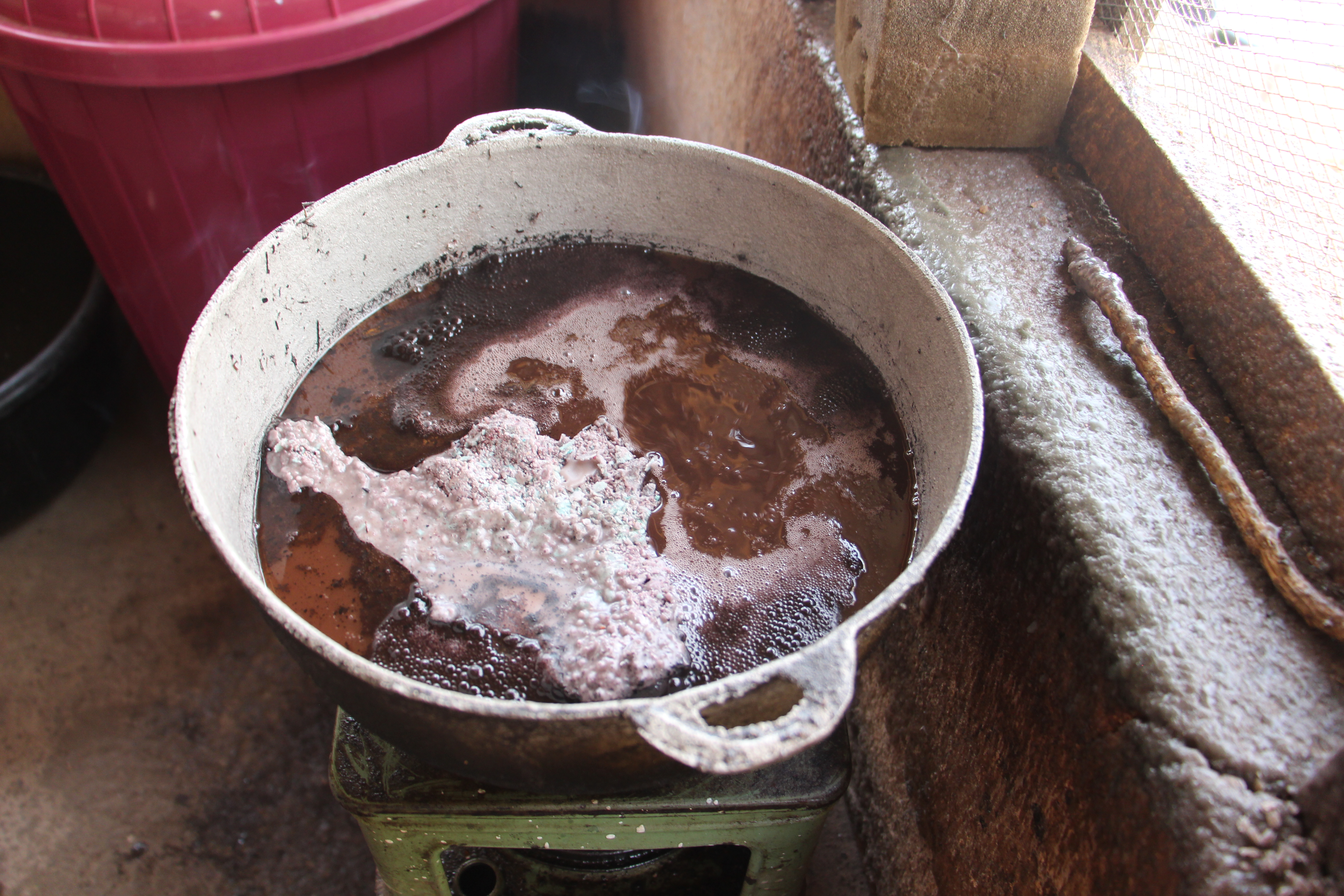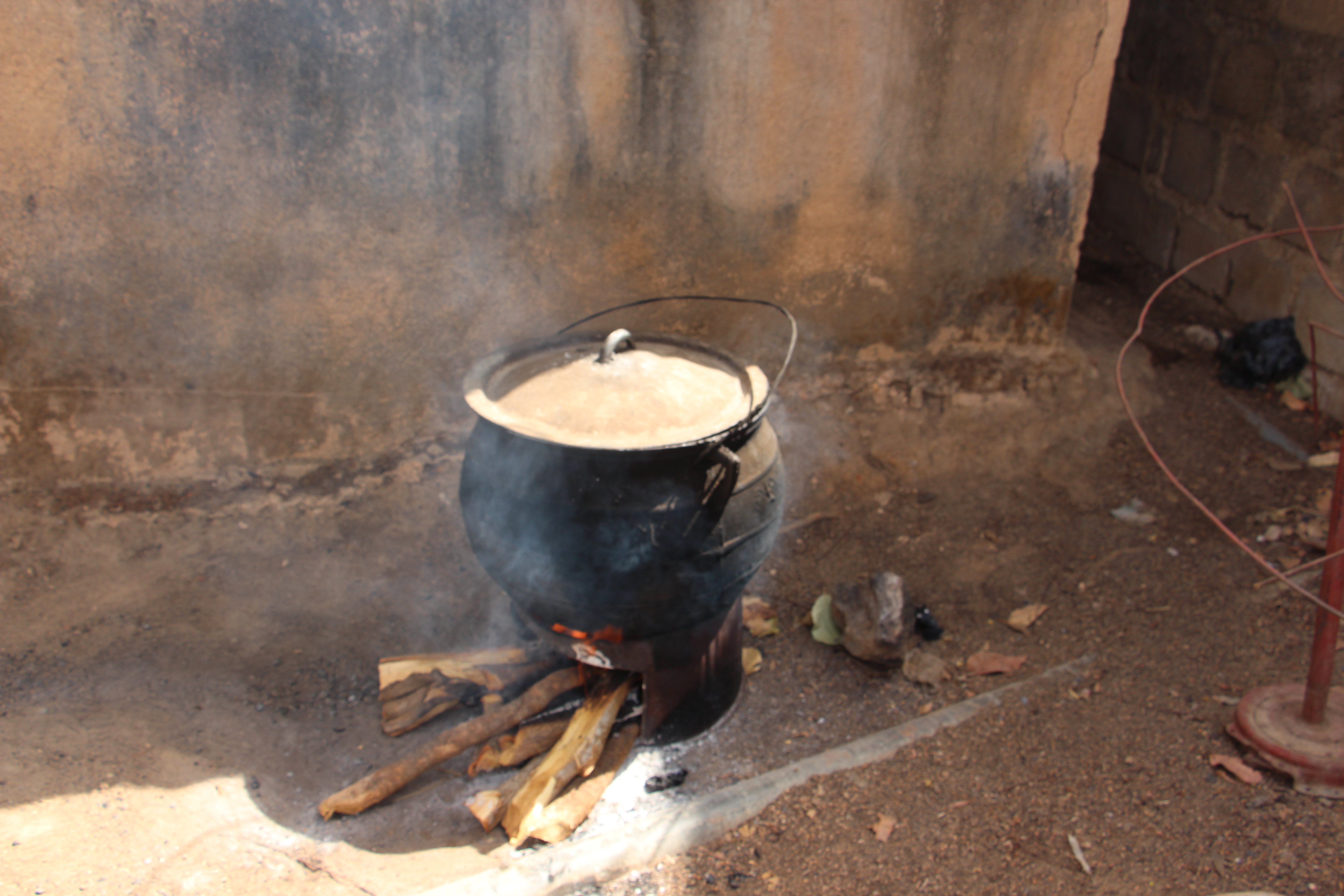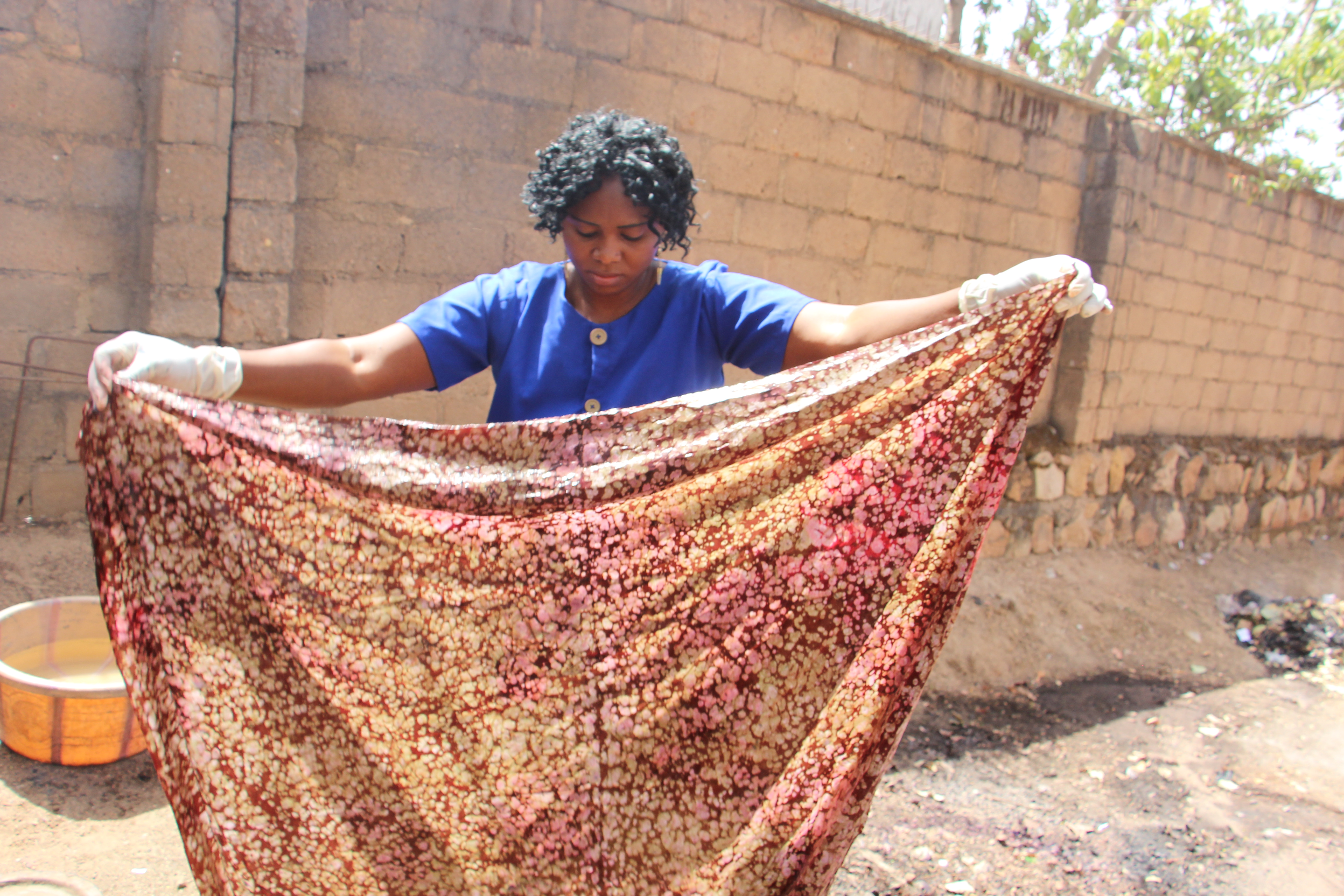Organized Chaos.
"love without restrictions- trust without fear."
The Women of Hope and Batik Fabric

So much has happened in the past few weeks. Initially, I planned to talk about some of those things, but this day was too sweet not to share first. I think sometimes we glorify our hurt. We give it an unwarranted, undeserved pedestal, and stare at it from a distance in self-pity. It’s as if we’ve grown so accustomed to it, that we prefer it over the freedom that comes with letting go. I met some of the most beautiful women, and they are teaching me the necessity of relinquishing the hurt from my past. I left so full of love and encouragement.
Each of them is HIV positive and in Nigerian society, and most societies alike, they are deemed outcasts and ignored. Poverty runs ramped in women combating such a social stigma, but these women have a light at the end of the tunnel. They all have special artistry skills and use those skills to support themselves and their families. Some of them sew, make dolls, make stuffed animals, tapestry, blankets, clothes, shoes etc. On this day, though, I was focused primarily on the women who create the Batik (bah-teek) fabric.
Let’s have a quick “History Lesson” lol. Batik is a special sort of printing that is made by boiling wax, using stamps or other locally made tools, and creating a wax-resistant “print” in the fabric before dyeing. Some people draw pictures and make images, all with the heated wax. There are so many different ways to create the fabric, and it is extremely time consuming, meticulous work. For centuries, different nations have been creating their own special form of Batik art, and for centuries they have turned heads. Personally, I’ve gotten Batik from Nigeria, Kenya, and Ghana, but there are many other places that have their own style of Batik fabric-making. The places I’ve been able to look more into include, but are not limited to, Indonesia, Australia, Egypt, The Philippines, India, Malaysia, and China. As you’ve already seen, I love all things Nigeria, so that’s where I’m focusing in on here.
This is a short video I made (for all my visual and audible learners) that simplifies the process (as much as I could), but this article will be a much more detailed look at the work that is necessary to create this breathtaking fabric.
I will explain and show images of each of the three methods the ladies taught me. Just getting this footage of a mini-preview took over 2 hours, so I KNOW the actual creation of these products takes much longer.
The first, is the Stamp Method.
The women started with a large pot of boiling wax, it took about 30 minutes to completely liquefy. They’d created some “stamps” to be dipped into the wax, and used to make the fabric design. These stamps are a pretty durable foam material that the women cut and carve to get a desired look. This too, takes much time, but they are able to wash and re-use them. Once the wax is boiled, the stamps are dipped and placed on the 100% cotton fabric. They stressed the importance of using 100% cotton. They said the most other fabrics “are not as fine.”





The next step in the stamp method is to mix HCl acid, WARM water, and the dye of choice. The ladies had on face masks and gloves because the chemicals were strong. They emphasized the use of warm water rather than hot or cold, because you don’t want the wax to melt, then the print wouldn’t emboss, and you don’t want it to harden, then it’ll be harder to melt off once dry. SO. MUCH PRECISION.


Finally, the fabric is laid out to dry. Once completely dry, it is dipped in hot water to remove the wax, and left out to dry once more before ironing, selling, or sewing.
The second is the Jollof Method. The Jollof method is much easier. The ladies simply scrunch the fabric up on the ground outside, and pour over it the colors the buyer has asked for. In the video and these pictures, they used purple and red. The fabric is left out for a while, then right before it is completely dry, they open it up. It was absolutely gorgeous. This one is washed and ironed before selling.



The last method I was able to watch was the Broom Method. It, too, was pretty simple. The ladies took handmade brooms, dipped them in the boiled wax, and “sprayed” it all over the cotton fabric. The same steps of dipping and dyeing that are used in the stamp method, were used here.



In short, I was able to spend hours in awe and silence while watching and listening to their stories. I was gifted with the ability to not say a word, but listen and learn lessons that life taught them. They work hard. They are thankful, but things get tough when sells are down. The Batik women, and all of the Women of Hope are a sweet reminder of faithfulness and God’s grace. If you’d like to purchase any of their items, visit the website below. This website is a collection of the 10 African countries Rafiki assists in supporting women all over the continent. I encourage you to take a look and support if possible.
https://store.rafikifoundation.org/women-of-hope.html

Thank you for reading.
I love you.
What a wonderful story. I pray the Lord Bless them in a miraculous way! Love you and them as well.
Thank you, Sissy! I love you, too.
Wow such an amazing story. I really enjoyed reading about it and watching the video. Thank you so much for sharing it with me Beautiful. Love you to pieces❤️
Love you too, Mrs. Pam!
Great history lesson. Thanks for caring and sharing.
Thank you for reaching out to these women and being their window to the rest of the world.
To call it an honor is an understatement. Thank you for reading ♥️